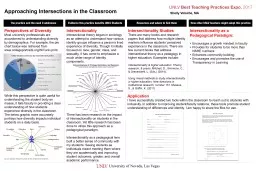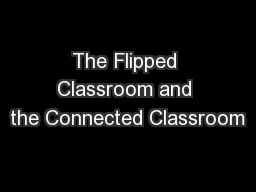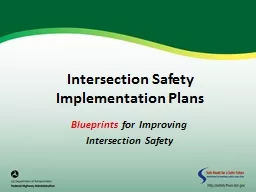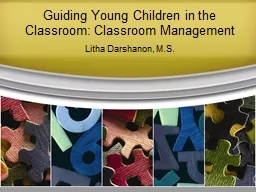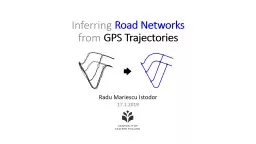PPT-Approaching Intersections in the Classroom
Author : stingraycartier | Published Date : 2020-06-18
Shelly Volsche MA Perspectives of Diversity Most university professionals are accustomed to understanding diversity by demographics For example the pie chart below
Presentation Embed Code
Download Presentation
Download Presentation The PPT/PDF document "Approaching Intersections in the Classro..." is the property of its rightful owner. Permission is granted to download and print the materials on this website for personal, non-commercial use only, and to display it on your personal computer provided you do not modify the materials and that you retain all copyright notices contained in the materials. By downloading content from our website, you accept the terms of this agreement.
Approaching Intersections in the Classroom: Transcript
Download Rules Of Document
"Approaching Intersections in the Classroom"The content belongs to its owner. You may download and print it for personal use, without modification, and keep all copyright notices. By downloading, you agree to these terms.
Related Documents

